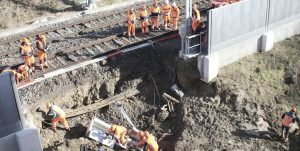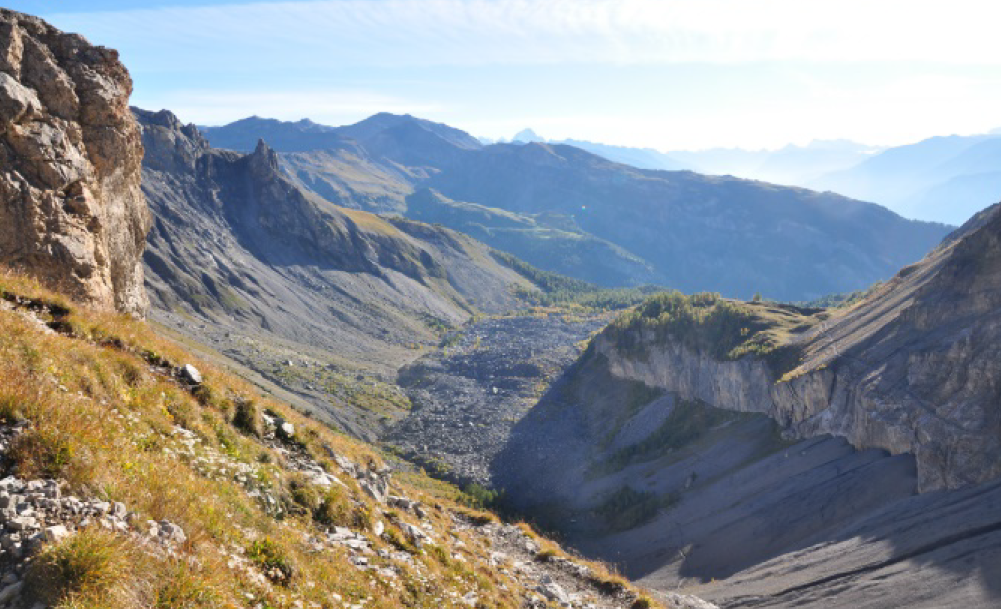Clément Michoud
Directors: Prof. Michel Jaboyedoff and Dr. Marc-Henri Derron
Jury: Dr. François J. Baillifard, Prof. Lars H. Blikra, Prof. Jacques Locat, Dean François Bussy
Landslide processes can have direct and indirect consequences affecting human lives and activities. In order to improve landslide risk management procedures, this PhD thesis aims to investigate capabilities of active LiDAR and RaDAR sensors for landslides detection and characterization at regional scales, spatial risk assessment over large areas and slope instabilities monitoring and modelling at site-specific scales.
At regional scales, we first demonstrated recent boat-based mobile LiDAR capabilities to model topography of the Normand coastal cliffs. By comparing annual acquisitions, we validated as well our approach to detect surface changes and thus map rock collapses, landslides and toe erosions affecting the shoreline at a county scale. Then, we applied a spaceborne InSAR approach to detect large slope instabilities in Argentina. Based on both phase and amplitude RaDAR signals, we extracted decisive information to detect, characterize and monitor two unknown extremely slow landslides, and to quantify water level variations of an involved close dam reservoir. Finally, advanced investigations on fragmental rockfall risk assessment were conducted along roads of the Val de Bagnes, by improving approaches of the Slope Angle Distribution and the FlowR software. Therefore, both rock-mass-failure susceptibilities and relative frequencies of block propagations were assessed and rockfall hazard and risk maps could be established at the valley scale.
At slope-specific scales, in the Swiss Alps, we first integrated ground-based InSAR and terrestrial LiDAR acquisitions to map, monitor and model the Perraire rock slope deformation. By interpreting both methods individually and originally integrated as well, we therefore delimited the rockslide borders, computed volumes and highlighted non-uniform translational displacements along a wedge failure surface. Finally, we studied specific requirements and practical issues experimented on early warning systems of some of the most studied landslides worldwide. As a result, we highlighted valuable key recommendations to design new reliable systems; in addition, we also underlined conceptual issues that must be solved to improve current procedures.
To sum up, the diversity of experimented situations brought an extensive experience that revealed the potential and limitations of both methods and highlighted as well the necessity of their complementary and integrated uses.


